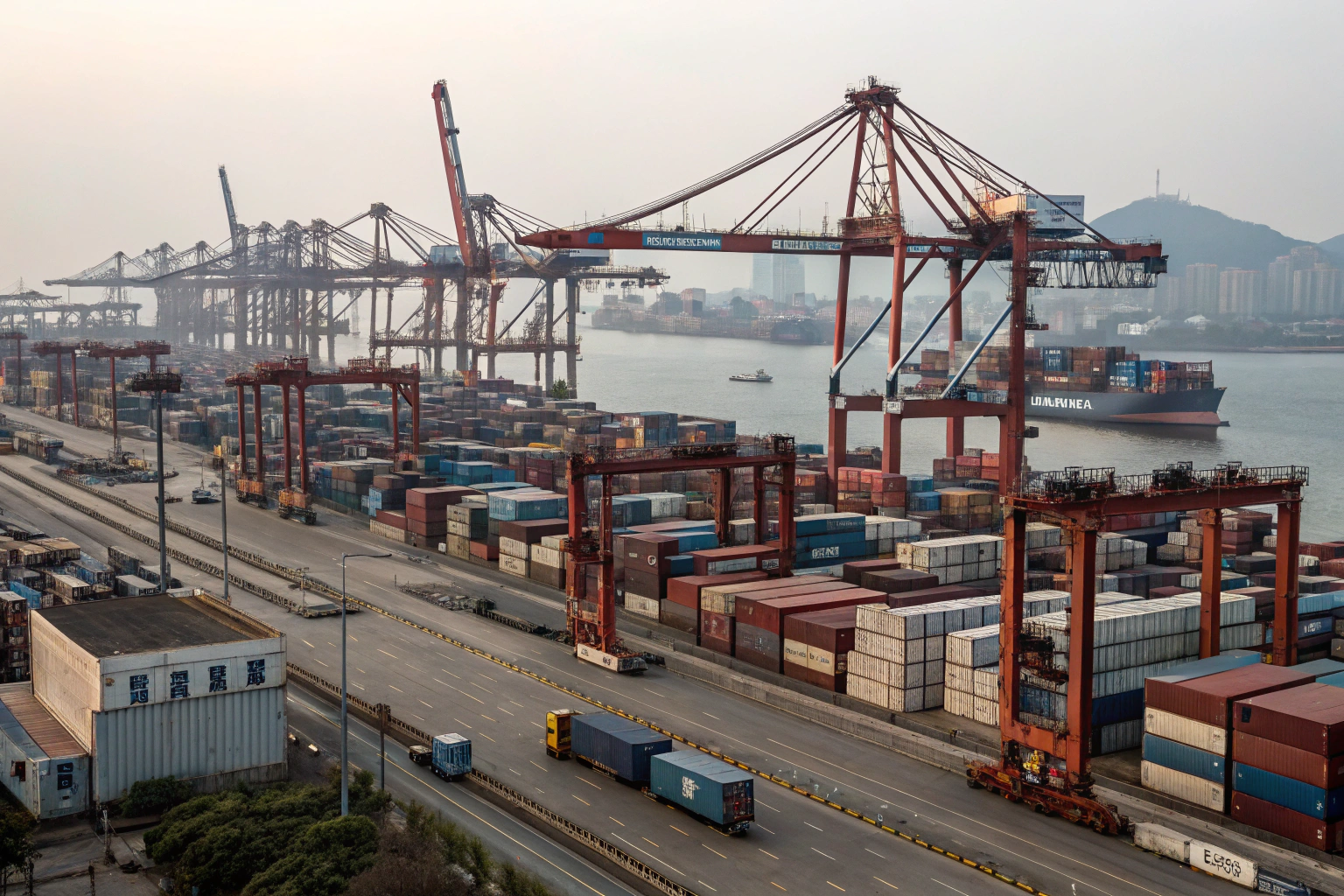For global businesses, Chinese holidays are more than cultural events—they are decisive factors in supply chain planning. When factories close and ports slow down, the ripple effects extend across international trade lanes. For importers in the U.S. and Europe, this often means unexpected delays, higher costs, and unstable inventory levels.
Holidays in China affect shipping by disrupting production, reducing transport capacity, raising freight rates, and creating post-holiday congestion.
With my academic expertise in supply chain management and professional experience as a freight forwarder in China, I know these disruptions illustrate both theoretical principles and practical realities in logistics.
Why do Chinese holidays disrupt shipping schedules?
Chinese holidays are unique in their scale. During events like Chinese New Year, the entire manufacturing sector often shuts down simultaneously, unlike in many Western economies where only partial closures occur.
This synchronized stoppage creates systemic interruptions in production and shipping.
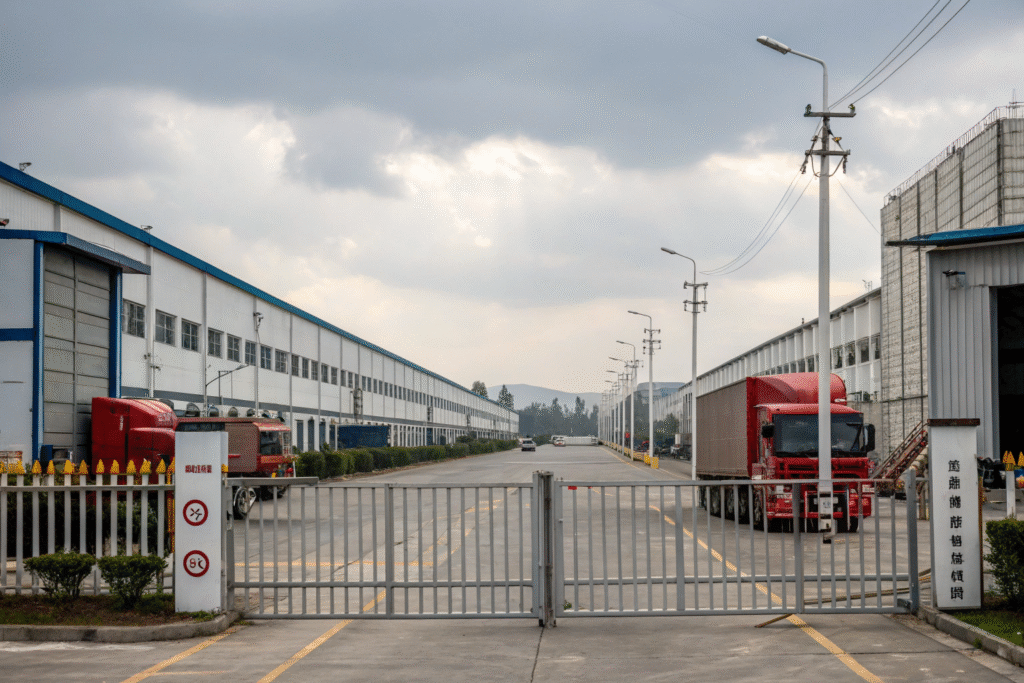
What happens during Chinese New Year?
Factories close for up to two weeks, while workers often take additional time off. According to China Briefing, supply chains must prepare months ahead to avoid disruption. Academically, this reflects capacity clustering, where synchronized downtime amplifies shortages.
How does Golden Week affect trade?
The Golden Week holiday reduces port operations and trucking services. Backlogs build quickly, illustrating the bullwhip effect, where sudden demand spikes before and after holidays create exaggerated swings in supply chain activity.
How do holidays affect freight capacity and costs?
When Chinese factories rush to ship goods before holidays, demand for ocean and air freight skyrockets. With limited capacity, rates rise sharply.
Holiday-driven demand surges reduce available space and increase shipping costs.
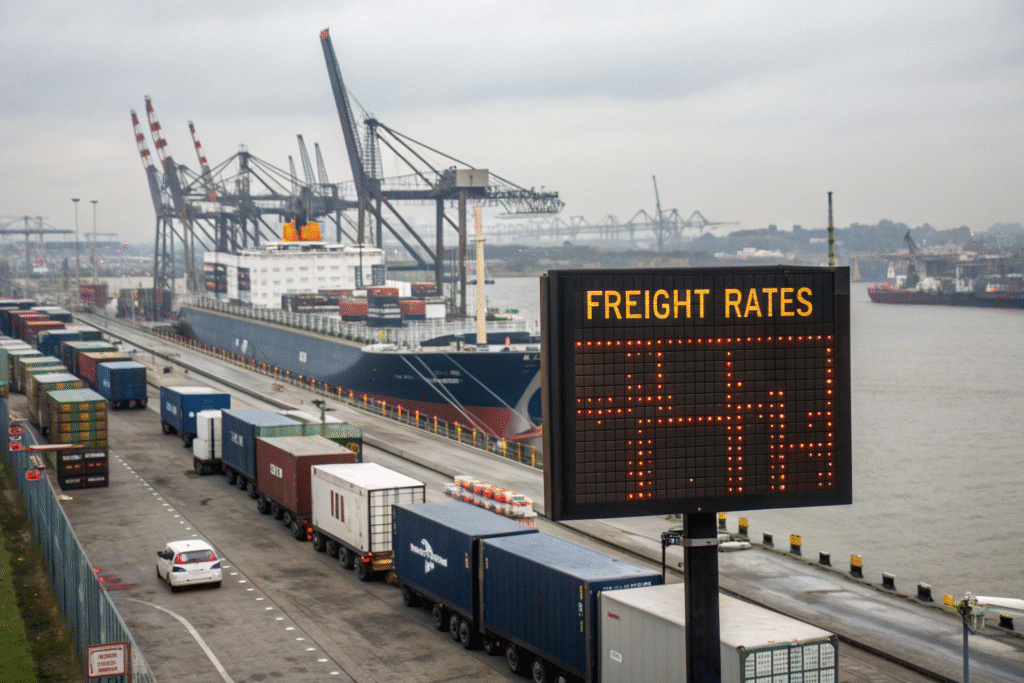
Why do freight rates increase?
Carriers impose Peak Season Surcharges (PSS). For example, Maersk notes that surcharges on the Trans-Pacific route can add hundreds of dollars per container before major holidays.
How does inland transport get affected?
Truck availability shrinks as drivers return home for holidays. The American Trucking Associations highlight how reduced driver supply raises rates, a pattern also evident in Chinese domestic transport markets.
What risks do importers face during holiday seasons?
Holiday disruptions present multiple risks that go beyond freight rates.
Importers face inventory shortages, customs delays, and increased financial exposure.
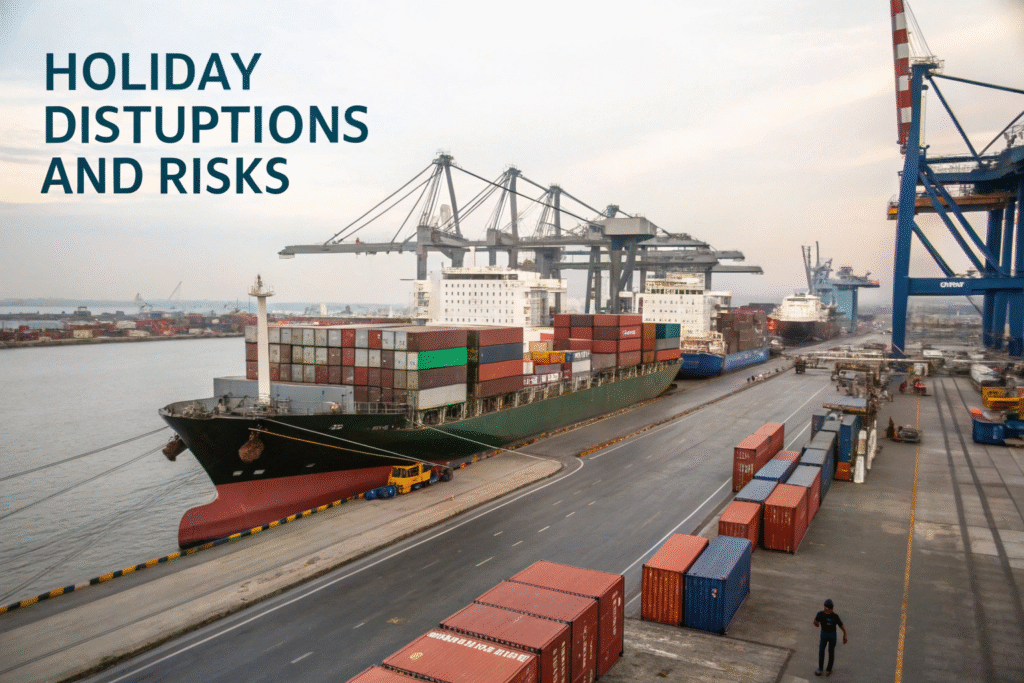
Why do customs delays increase?
After holidays, sudden surges overwhelm customs offices. The World Customs Organization explains that clearance bottlenecks are common when large volumes arrive at once.
How does this affect inventory planning?
Retailers relying on Just-in-Time (JIT) systems often face stockouts if shipments miss schedules. This vulnerability demonstrates a key academic insight: JIT reduces storage costs but increases exposure to origin delays.
How can businesses manage holiday shipping risks?
While holiday disruptions are unavoidable, forwarders help importers prepare.
Effective strategies include early booking, diversifying modes, and aligning production with holiday calendars.
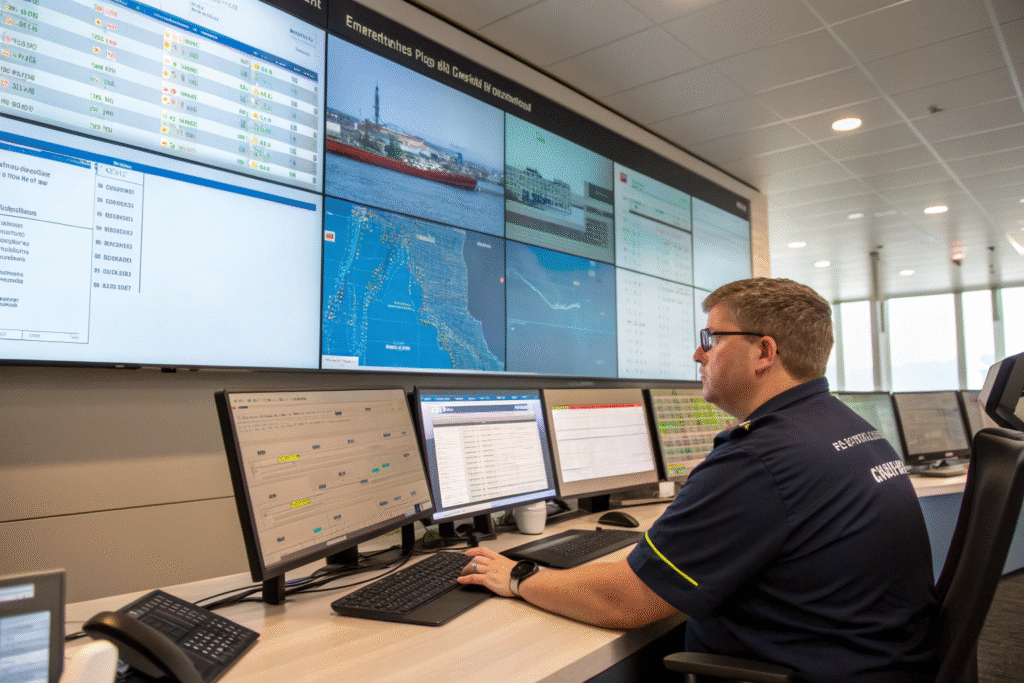
Why is early booking critical?
Booking space 4–6 weeks in advance secures capacity and avoids last-minute premiums. Freightos data shows that early shippers consistently pay less during peak periods.
How do forwarders improve resilience?
Forwarders apply multimodal solutions—air for urgent shipments, rail via the China-Europe Railway Express as an alternative to sea, and warehousing for pre-holiday stockpiling. Academically, this reflects resilience theory, where redundancy and flexibility reduce disruption impacts.
Conclusion
Chinese holidays disrupt shipping by closing factories, reducing capacity, and creating post-holiday congestion. Importers who ignore these cycles risk delays, cost increases, and inventory shortages.
From an academic perspective, these patterns demonstrate theories of demand amplification, JIT vulnerability, and resilience modeling. From professional practice, I know that importers who plan early, diversify routes, and partner with experienced forwarders can transform holiday risks into manageable challenges.
In global trade, holidays are predictable events. With the right strategies, businesses can turn them from logistical threats into competitive opportunities.
